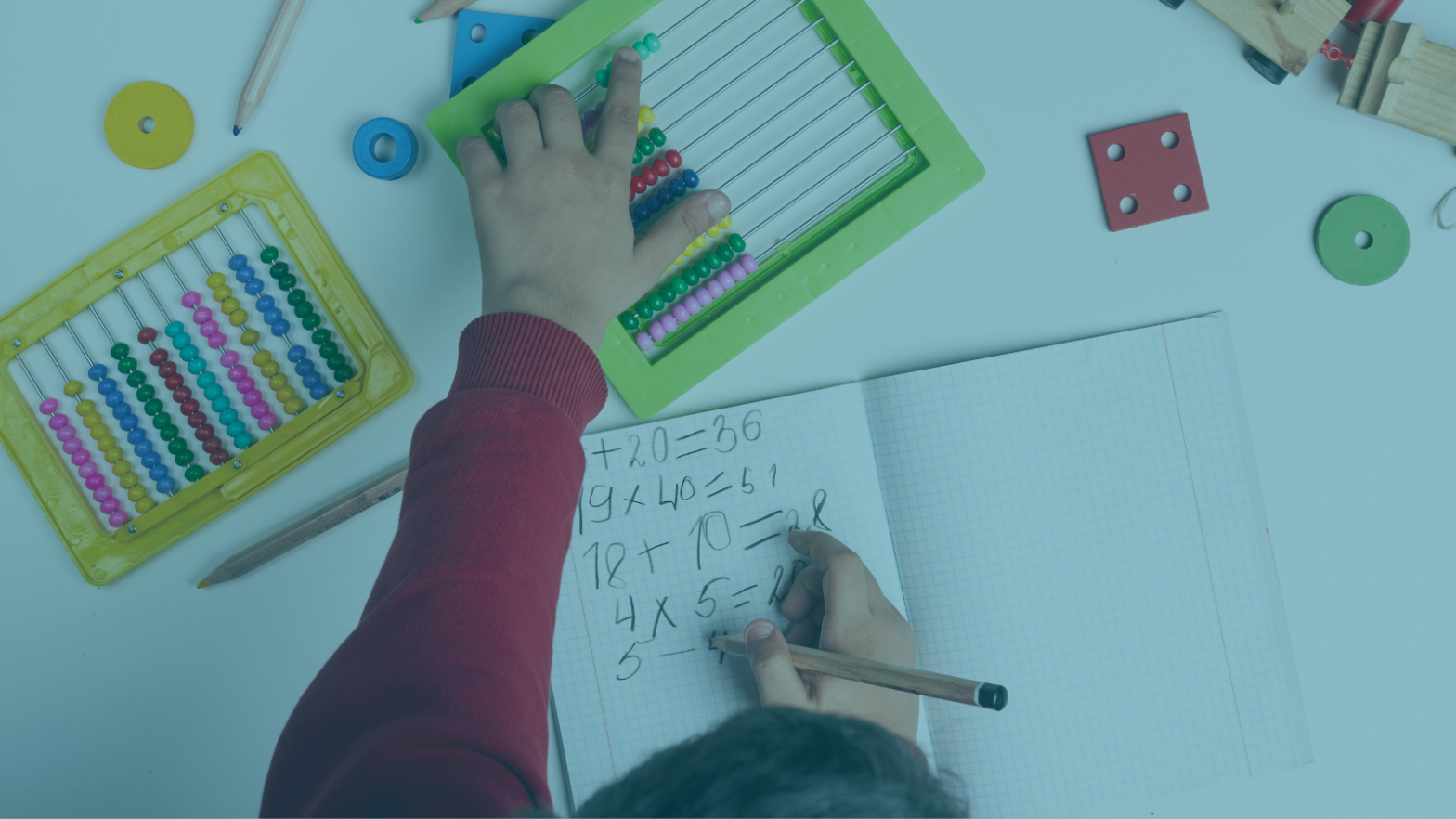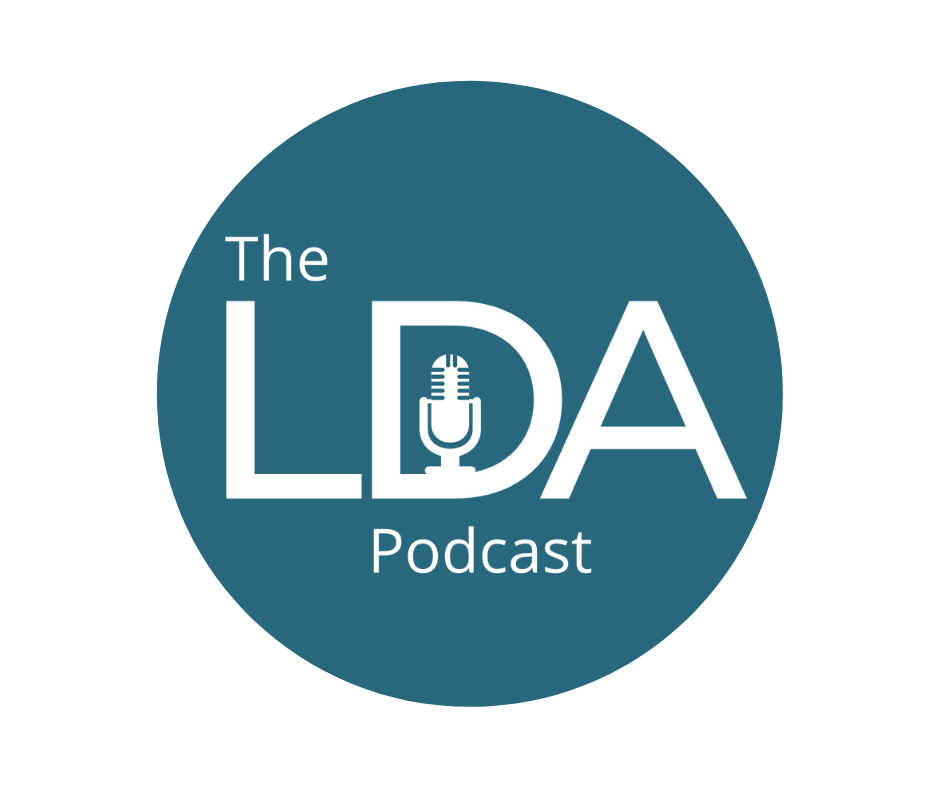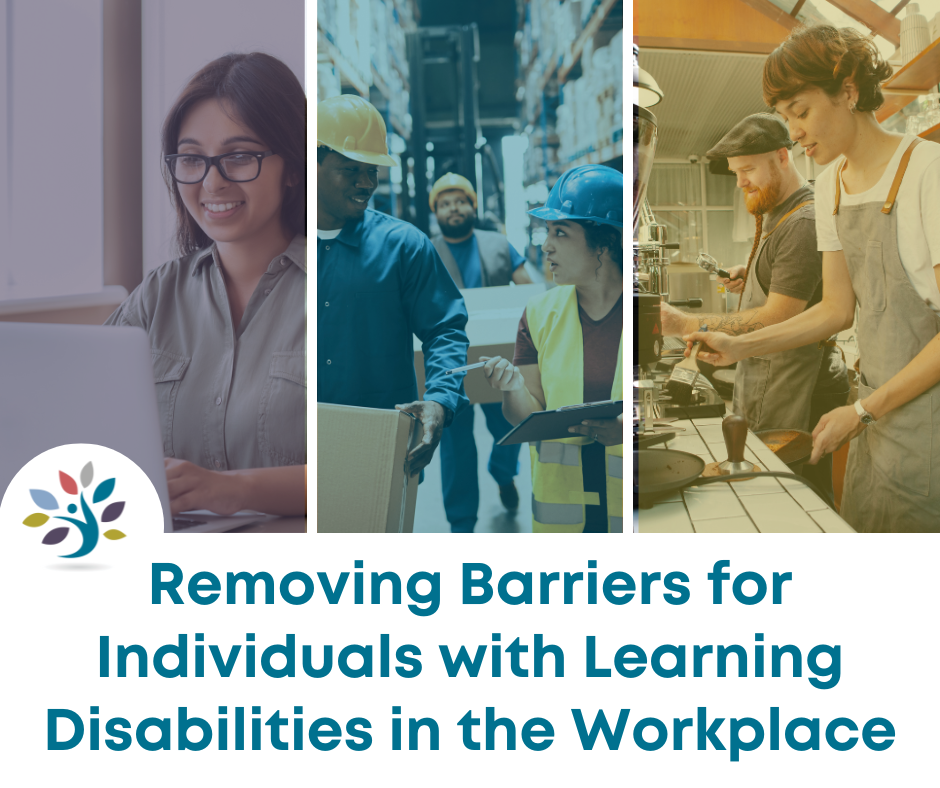Do the legal rights of students with learning disabilities continue after high school?
Depending on the individual and the learning disability, legal rights may or may not continue after high school. Children who receive services under the Individuals with Disabilities Education Act (“IDEA”) or the Rehabilitation Act of 1973 (“Rehabilitation Act”) in public elementary and secondary school may continue to have legal rights under certain federal laws, through college programs, and in employment. When students graduate from high school or reach age 21, however, they no longer have rights under the IDEA.
The rights that may continue beyond high school are those available under the Rehabilitation Act and the Americans with Disabilities Act of 1990 (“ADA”). To understand which rights continue, it is important to understand the three basic federal statutes that confer rights to people with disabilities.
The IDEA, initially enacted in 1975, establishes a substantive right to a “free appropriate public education” (“FAPE”) for eligible children with disabilities in the public school system, which includes special education and related services. The U.S. Supreme Court held in Endrew F. V. Douglas County School District re-1 that in order to provide the student with a FAPE, “a school must offer [the student] an IEP [individualized education program] reasonably calculated to enable a child to make progress appropriate in light of the child’s circumstances.” An IEP is a specialized plan prepared by a child’s IEP team (which includes teachers, school officials, and the child’s parents) that establishes measurable academic and functional goals for the child’s progress.
The Rehabilitation Act, most notably Section 504, prohibits discrimination against children and adults with disabilities in both public schools and other settings. Notably, the Rehabilitation Act applies to public and private elementary and secondary schools, as well as to colleges that receive federal funding. Additionally, it applies to employers that receive federal funding. Essentially, Section 504 requires public entities to make reasonable modifications to its policies, practices, or procedures when necessary to avoid discrimination against people with disabilities.
The ADA prohibits discrimination against children and adults with disabilities and applies to all public and most private schools and colleges, to testing entities, and to licensing authorities, regardless of federal funding. Religiously controlled educational institutions which do not accept any federal funds are exempt from coverage. The ADA applies to private employers with 15 or more employees and to state and local governments.
To illustrate how rights may continue over the years, consider the following example. Jeff was diagnosed with a reading disorder in elementary school. For a long time, he wanted to become a lawyer, and now he is in law school. He received special education and related services under the IDEA during public elementary school. He went to a small private high school and received accommodations under Section 504 of the Rehabilitation Act. He received additional time on the SAT, during college, on the law school admission test (LSAT), and in law school. Under the ADA, he will be entitled to extra test time on the Bar Examination.
Do all people with learning disabilities have legal rights under the Rehabilitation Act and ADA?
No. Under the Rehabilitation Act and ADA, a person’s disability must “substantially limit one major life activity.” Although not exhaustive, children and adults with learning disabilities, in many cases, have been found to have impairment that substantially limits their ability to learn. That substantial limitation means that these individuals have a disability under the Rehabilitation Act and ADA, and are thus protected under these laws.
For example, Jim was diagnosed with a reading disorder and math disorder when he was six years old. He received special education under the IDEA for most of elementary school to assist with reading and math. By the time he entered high school, his reading comprehension and speed tested as average, but he continued to receive services under the IDEA for his math disorder through the end of high school. After graduation, Jim enrolled in art school. The art school required one math course as a requirement for graduation, but had a policy allowing course substitutions for the math requirement for students with disabilities that interfered with math. Jim disclosed his math disorder, requested a course substitution for math, and submitted good professional documentation of his disability and his need for accommodation. Thus, Jim will be able to substitute this math class pursuant to the Rehabilitation Act, ADA, and the art school’s policy.
What rights do I have under the Rehabilitation Act and ADA as a person with a disability?
A person with a disability or perceived disability has the right to be free from discrimination on the basis of that disability or perceived disability. Generally, the IDEA provides stricter requirements for eligibility, so a child may be found ineligible under the IDEA but eligible under Section 504 and the ADA. The child would then receive services and accommodations under these anti-discrimination laws. In college, the Rehabilitation Act and ADA provide a right to accommodations for qualified students with disabilities, so that courses, examinations, and activities will be accessible. These laws also require reasonable accommodations in the workplace for qualified individuals with disabilities.
Notice that the protections of these laws are for qualified persons with disabilities. This means the individual must be qualified to do the college program or job in order to be protected. While there is a presumption that children are entitled to a FAPE in public elementary and secondary schools, the individual may have to prove that he or she is qualified to do the college program or job before he or she is protected under the ADA and Rehabilitation Act.
For instance, Karen had a reading disorder and auditory processing and memory retrieval problems. She received special education throughout public school. She had additional time on the SAT and did well enough to get into a college social work program. She disclosed her disabilities, requested the accommodation of extra test time and a reader for examinations, and provided supporting professional documentation. She received the requested accommodations, but failed essay tests anyway. She was dismissed from the social work program. She then sought to set aside the dismissal on the ground that she couldn’t take essay tests on such complex material because of her memory retrieval problem. In the end, the finding was that the school had provided all requested accommodations, the school had done nothing improper, and that Karen was not qualified for the program.
What accommodations would I be entitled to in college?
College accommodations depend upon your particular disabilities and how those disabilities impact you in the college setting. Accommodations might include: course accommodations (e.g., audio texts, use of audio recorder, instructions orally and in writing, note taker, and priority seating) and examination accommodations (e.g., extended test time, reader, and a quiet room).
What accommodations would I be entitled to in my job?
Workplace accommodations depend upon your particular disabilities and how they impact performing the essential functions of your job. Possible reasonable accommodations might include: instructions orally and in writing, frequent and specific feedback from supervisors, quiet workspace, and training course accommodations. Remember, however, that if the company has under 15 employees, you would not be entitled to the protections under the ADA, but you might be entitled to protections under applicable state laws. The Rehabilitation Act would cover employers that receive federal financial assistance.
What about ADD/ADHD? Is it covered under the law?
Yes, if it substantially limits a major life activity, such as learning, as required under all three statutes. ADHD or ADD while not expressly listed, may be covered by the IDEA under one of three categories: other health impairments, specific learning disabilities, and serious emotional disturbance.
How do I assert my rights in college?
You need to disclose your disability to the college, request specific accommodations, and supply supporting professional documentation. In public elementary and secondary schools, the school has a duty to identify students with disabilities. However, this is not so in college. The student has the responsibility to disclose the disability and to request accommodations. You must be specific about the accommodations that you need because of your disability. It is not enough to say, for example, that you have learning disabilities, so the college must help you.
For instance, Sarah is taking courses at a community college. She has a reading disorder, expressive writing disorder, and ADD. She requested one and one-half time on tests, separate room for tests, a reader to read exam questions to her, and a scribe to take down her answers. She provided good professional documentation to support her request and was granted the requested accommodations.
There are student requests that the college is not obligated to grant. For example, if you did not request an accommodation on a test and failed it, generally the college is not required to eliminate the failing grade from your record.
Should I disclose my disability at work?
If you do not need accommodations in the application process, generally, it is best to wait until after you have the job. Once on the job, if you see that a part of your job is a problem for you because of your disability and believe you need a reasonable accommodation, it is best to act promptly and not allow a long period of poor performance. At the time you disclose your disability, request the specific reasonable accommodations that will enable you to do your job. The employer is only required to provide reasonable accommodations that it is not unduly burdened to provide.
For instance, Carlos has problems with expressive writing, spelling, and fine motor coordination. After high school, he was hired as a security guard. On the job, he began to have problems with the reports he had to write. The reports were messy, had spelling errors, and were often submitted late. He sensed that his boss was becoming annoyed. Carlos disclosed his disabilities and requested that he be able to dictate into his phone using Voice Dream or Dragon Naturally Speaking and then type them up on one of the computers (with spell check) at the main office at the end of each day. His request was granted.
How should I disclose my disability?
Disclose the disability in writing. Be confident and positive. Combine the disclosure with a request for accommodations that will enable you to perform the job. Provide professional documentation of your disability and need for accommodations.
What documentation of my disability and need for accommodations do I have to provide?
You need to provide documentation that establishes that you have a disability and that you need the accommodations you have requested. This might be a letter or report for the college or employer from the professional who has evaluated you. It should state the diagnosis and tests and methods used in the diagnostic process, evaluate how the impairment impacts you, and recommend reasonable accommodations.
What if I find out I have a learning disability during college or even later?
A late diagnosis of learning disabilities may be questioned more than an early diagnosis. It is important to have excellent documentation of the disability. It may be important to explain why the disability was not evident earlier. For example, Janet was diagnosed during her first year of college with a reading disorder. There were reasons why the problem had not shown up earlier. She had done well in elementary and secondary school because she went to schools that did not have timed tests. She put in the extra time needed to successfully complete her course work and her tests. In college, timed tests posed a major problem for her and led her to seek a thorough evaluation. She was able to document her reading disorder and her need for extra test time in college and medical school.
What if I take medication for ADHD or ADD? Do I still have rights?
Yes. The existence of a disability is to be judged without reference to the possible beneficial effects of medication. The taking of prescription medication for ADD or ADHD does not result in loss of disability status under the Rehabilitation Act and ADA or in loss of reasonable accommodations.
Can learning disabilities cause a person to be rejected for service in the Armed Forces?
It depends. Many individuals with learning disabilities, including those with ADD or ADHD, join the Armed Forces and report that the structure and clear expectations help them to do well. However, these conditions may prevent some individuals from obtaining the required score on the Armed Forces Qualifying Test. The Armed Forces are not required to grant accommodations, such as extended test time, on the qualifying test. Further, military regulations provide that academic skills deficits that interfere with school or work after the age of 12 may be a cause for rejection for service in the Armed Forces. These regulations also provide that current use of medication, such as Ritalin or Dexedrine, to improve academic skills is disqualifying for military service.
Can I be fired from my job or dismissed from college even if I establish that I have a disability?
Yes. Having a disability does not create absolute entitlement to a job or college education. For example, if you have a math disorder and cannot pass a required math course with the appropriate accommodations for an engineering program (with no substitutions permitted), then you would not be qualified for the engineering program.
What about confidentiality of disability records I file with a college or an employer?
Colleges generally have confidentiality policies with respect to disability material. The employment provisions of the ADA contain confidentiality provisions. However, these provisions are not as strong as the IDEA provision that provides for a right to delete disability records contained in your public school files.
For example, Ruth’s parents submitted professional documentation of her learning disabilities and depression to her public high school. Ruth submitted the same documentation to her first employer when she disclosed her disabilities and requested job accommodations. After leaving her first job and being hired by a new employer, Ruth decided that she did not need accommodations in the new job. She also decided to request deletion of her disability information from prior files, while retaining copies in her own files in case she would need the records later. The public high school complied with her request. Her first employer informed her that the disability information could not be deleted but was kept in a separate, confidential file.
If I don’t get what I ask for, should I sue?
A lawsuit is not the first step. First, you must evaluate your own position. It may be wise to consult with a lawyer to review the strong points and weak points of your case. If your case has merit, and you wish to pursue it, then follow these steps: communicate to the college or employer the basic facts and the reasons why you are entitled to what you have requested, negotiate by marshaling the facts that support your request, consider alternative dispute resolution (e.g., mediation and arbitration), and finally consider formal proceedings, such as litigation in the courts.
Remember, even if you have a strong case, it does not mean you must take legal action. You may decide that you wish to put your energy into moving on to a new college program or job rather than disputing events at the prior program.
This article has been prepared for general information purposes only. The information presented is not legal advice and is not to be acted on as such.
This article was generously written and provided by White & Case LLP.
















